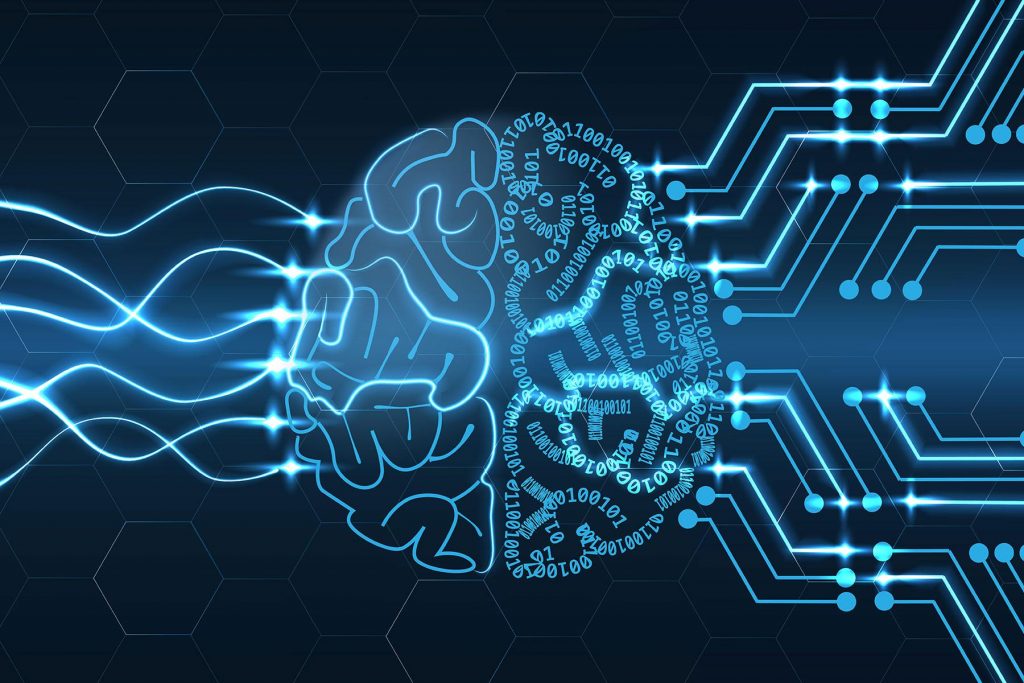“There are no shortcuts in life!’ Or is there? “Thinking Better: The Art of the Shortcut in Math and Life” is a recently published book by the Oxford University mathematician Marcus du Sautoy. He argues that shortcuts are more common than most think in all aspects of life – be it music, psychotherapy, or even politics.
In 18th century Germany, a schoolboy, then 8-9 years old, was sitting in the math class. The teacher was looking for a bit of a rest and decided to give the class the seemingly lengthy exercise of adding all the numbers from 1 to 100. While the rest of the class started adding the numbers in sequence and the teacher started preparing to take a break, young Gauss wrote down the answer in a jiffy in his slate. The teacher couldn’t believe what he saw and was sure it couldn’t be the correct answer – yet it was. The boy explained how he arrived at the answer. Instead of adding the numbers serially, he realised that adding the first and the last gives a total of 101, the sum of the second and the last, but one also gives 101 and so on, such that it all ends up with 50 pairs of addition each adding to 101. Hence the answer was 50 x 101 = 5050. This boy was none other than the math prodigy named Carl Friedrich Gauss, famously known as the last mathematician who knew all of the mathematics known at the time. Some consider him the greatest mathematician of all time at par with Newton and Euler. He demonstrated the power of the shortcut like no other.
Taking shortcuts in life often means choosing the easier path, preferring the less difficult option or often resorting to unscrupulous means. However, real shortcuts often involve hard work and a lot of effort that makes what is complex and difficult look easy. These two aspects of shortcuts are well described by Greek philosopher Aristotle. The first of his ideas of two kinds of work was praxis or work that you love doing for its own sake, so you don’t want a shortcut. The other was poiesis, which is work to attain a goal or objective. And in general, the latter is the one for which you want a shortcut but not by cutting corners in any negative sense.
Nobel Prize winner for economics and psychologist of Israeli-American origin Daniel Kahneman wrote the New York Times bestseller “Thinking, Fast and Slow” published in 2011. It talks about two modes of thinking in humans. The first is an intuitive, almost unconscious and quick mode of thinking we apply to most day-to-day simple situations such as distance of objects, sources of sound, reading a billboard or driving on an empty road.
The second is the more deliberative and conscious effort to think about less obvious tasks such as parallel parking in a tight space, finding someone in a crowd, finding all the vowels on a page, and carrying out non-trivial arithmetic operations. Sometimes, we apply the fast mode of thinking to situations that are more appropriate for the second category, resulting in wrong conclusions or undesirable outcomes. The argument is that the second mode of thinking must be slow and deliberative as it needs to be more analytical to get the correct answers. The power of shortcuts is most valuable in such second category situations where tools like math and probability ensure that it doesn’t have to be slow.
In the Indian epic Ramayana, there is a famous story about Lord Rama and Laxmana being taken by sage Vishwamitra to the forest to defend the sages against demons. On the road, there comes a bifurcation, and the sage asks the young princes which road to take? One of the roads was a long route but safe from demons, whereas the other was a shorter road to the same destination but infested with demons. Rama, without even thinking, takes the shorter route. It’s an example where taking the so-called shortcut is often not necessarily the easier option. It does come with its challenges but can present opportunities to innovate or solve problems for society or make it easier for others to follow the same path. This story is often cited as an example of how the righteous path often goes through many hardships in life but is worth taking.
All progress throughout human history has been made possible because of the human quest for shortcuts to reduce drudgery. Imagine the thousands of experiments conducted by Thomas Alva Edison before he came up with the light bulb or the efforts to make a heavier than air machine like an aeroplane fly. Today, as the modern technological revolution brings amazing and rapid changes at lightning speeds, the debate rages on when humans will be left behind by machines that are far more powerful with infinitely large memory and computing capacity that no human can match. With the advent of machine learning and artificial intelligence, it would appear that the day is not far when continuously self-improving machines will rule over us. These astounding advances and possibilities result from man’s unrelenting quest for shortcuts. Paradoxically, it is the same human tendency to constantly look for shortcuts to ensure that machines would never be able to outsmart us. As long as we have not been able to programme the machine to be lazy like some of us are and look for shortcuts, it will not be possible for humans to be superseded.
There are no shortcuts in life to achieve anything worthwhile! Any meaningful goal would always require hard work and perseverance. It’s only by understanding the true nature, meaning and purpose of shortcuts that we can advance human civilisation by pushing our boundaries of knowledge!
The author is a civil engineer, academician and technologist who is currently based in Hong Kong.
